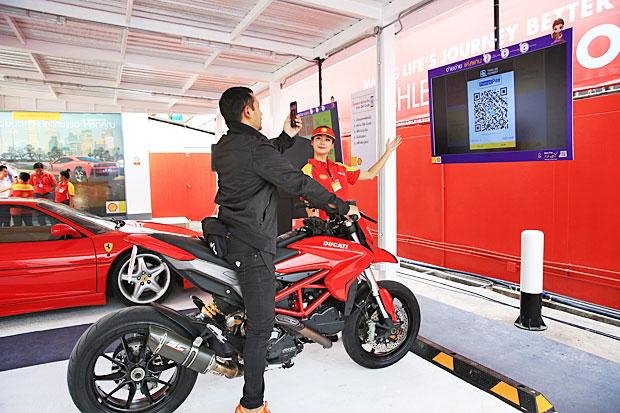e

The rapid ascent of electric vehicle (EV) adoption presents a pivotal juncture for fuel retailers and the broader energy sector. As concepts like the "forecourt of the future" and integrated food convenience gain traction, a primary concern for traditional fuel providers is the potential erosion of customer loyalty and revenue, particularly with the proliferation of home, workplace, and destination charging options.
The ‘cannibalisation’ of conventional fuel sales by EV charging is a palpable threat, yet it simultaneously offers many opportunities, fostering innovation in revenue generation, loyalty programmes, and dynamic discounting models. However, this transition is not without significant hurdles, notably the substantial capital expenditure and infrastructure challenges involved in upgrading electricity grids and retrofitting existing forecourt layouts.
Architectural Evolution and Safety Imperatives
The complexities extend beyond economics, encompassing an escalating regulatory landscape that now includes stringent health and safety mandates, analogous to those governing fast-food establishments.
A critical consideration for service stations is the heightened safety risk associated with co-locating highly flammable fuels (petrol/diesel) with high-voltage EV chargers, which has resulted in a radical rethink of service station architecture and infrastructure with segregated zones for different energy sources - traditional fuels, hydrogen, and EV charging- and potentially incorporating fire-rated barriers.
Furthermore, intelligent grid integration becomes critical, potentially leveraging battery storage and renewable energy inputs. Modular retail and food spaces, designed for rapid turnover and flexibility, will be crucial to balancing safety with an uncompromised customer experience.
Monetising Dwell Time
While the demands of EV charging introduce operational complexities, the extended dwell time of 20–45 minutes for EV drivers presents an unprecedented commercial opportunity. This enforced pause at the charging point opens the door to high-margin ventures previously less integrated into the forecourt model, including fast food, grocery, pharmacy, and diverse service-based retail.
For fuel retailers, this signifies a strategic avenue to diversify revenue streams, moving beyond the traditionally lower margins of fuel and electricity. The charging wait can be transformed into a productive and enjoyable value-add by offering high-quality Wi-Fi, comfortable seating, ambient lighting, immaculate amenities, and even co-working spaces.
However, embracing these new revenue streams demands significant investment in grid upgrades, forecourt retrofitting, and the installation of rapid charging infrastructure alongside new retail and dining facilities. This capital intensity often poses a formidable barrier, particularly for independent fuel retailers lacking franchise agreements.
Conversely, those operating under franchise models may access vital funding from their respective energy companies, who are strategically capitalising on this shift by forging partnerships with established retail entities operating beyond the traditional service station footprint, thereby solidifying their long-term market presence.
For the full article How Retailers are Navigating EV Adoption and the Evolving Forecourt Payments Ecosystem: By Leon Du Plessis